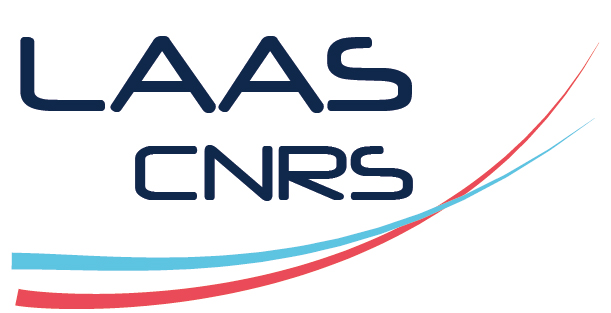Planification et contrôle de mouvements en interaction avec l'homme. Reasoning about space for human-robot interaction
Résumé
Human Robot Interaction is a research area that is growing exponentially in last years. This fact brings new challenges to the robot's geometric reasoning and space sharing abilities. The robot should not only reason on its own capacities but also consider the actual situation by looking from human's eyes, thus "putting itself into human's perspective". In humans, the "visual perspective taking" ability begins to appear by 24 months of age and is used to determine if another person can see an object or not. The implementation of this kind of social abilities will improve the robot's cognitive capabilities and will help the robot to perform a better interaction with human beings. In this work, we present a geometric spatial reasoning mechanism that employs psycho- logical concepts of "perspective taking" and "mental rotation" in two general frameworks: - Motion planning for human-robot interaction: where the robot uses "egocentric perspec- tive taking" to evaluate several configurations where the robot is able to perform different tasks of interaction. - A face-to-face human-robot interaction: where the robot uses perspective taking of the human as a geometric tool to understand the human attention and intention in order to perform cooperative tasks.
L'interaction Homme-Robot est un domaine de recherche qui se développe de manière expo-nentielle durant ces dernières années, ceci nous procure de nouveaux défis au raisonnement géométrique du robot et au partage d'espace. Le robot pour accomplir une tâche, doit non seulement raisonner sur ses propres capacités, mais également prendre en considération la perception humaine, c'est à dire "Le robot doit se placer du point de vue de l'humain". Chez l'homme, la capacité de prise de perspective visuelle commence à se manifester à partir du 24ème mois. Cette capacité est utilisée pour déterminer si une autre personne peut voir un objet ou pas. La mise en place de ce genre de capacités sociales améliorera les capacités cognitives du robot et aidera le robot pour une meilleure interaction avec les hommes. Dans ce travail, nous présentons un mécanisme de raisonnement spatial de point de vue géométrique qui utilise des concepts psychologiques de la "prise de perspective" et "de la rotation mentale" dans deux cadres généraux: - La planification de mouvement pour l'interaction homme-robot: le robot utilise "la prise de perspective égocentrique" pour évaluer plusieurs configurations où le robot peut effectuer differentes tâches d'interaction. - Une interaction face à face entre l'homme et le robot : le robot emploie la prise de point de vue de l'humain comme un outil géométrique pour comprendre l'attention et l'intention humaine afin d'effectuer des tâches coopératives.
Loading...

